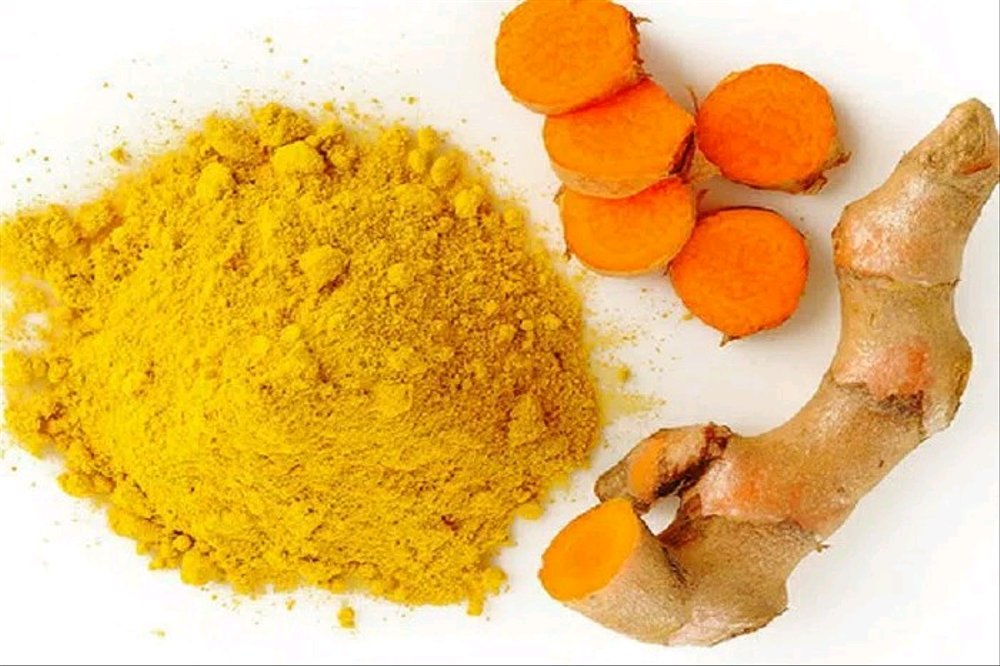Dressing is needed to protect the wound after surgery. The advantages of using dressings in the oral cavity, namely to facilitate healing process because it can prevent pain during food chewing, minimize postoperative infections and bleeding, and to protect the injured area when talking or chewing. In the past, combination dressings of zinc oxide with eugenol widely used because they have anti-inflammatory properties, but eugenol itself has been reported to cause allergic contact and is toxic in fibroblasts and osteoblast-like cells. Therefore, alternative safer substitute for eugenol is sought, and one of the potential ingredients is turmeric extract. Previous studies in silico and in vivo studies have shown that dressings made from zinc oxide powder and liquid turmeric extract produce a higher anti-inflammatory effect compared to zinc oxide-eugenol dressings. Besides, turmeric extract is known to have low toxic properties.
Dressing application usually ranges from 3 to 14 days after surgery, but generally for seven days. Long-term use has been shown to increase inflammation due to the accumulation of plaque under the dressing, so it is necessary to know the optimal dressing time for the wound. The process of wound healing can be observed from the expression of macrophages originating from the wound site. Macrophages have an important role in wound healing, through the release of factors that attract inflammatory cells to the wound site, stimulate the formation of granulation tissue, and increasing cell migration. Macrophage proliferation will cause collagen production faster than usual. In determining and observing the expression of macrophages, MAC387 markers were used. During inflammation, the expression of cyclooxygenase-2 (COX-2) will increase in prostaglandins and will worsen inflammation. Reducing COX-2 expression will speed up the wound healing process. Curcumin, as an active ingredient in turmeric extract, is known to have anti-inflammatory activity by inhibiting COX-2 expression. The formation of new blood vessels or neovascularization is also one of the wound healing factors because new or neovascular blood vessels provide nutrients to the tissues to regenerate and repair damaged areas. Thus, to determine the effect of the use of zinc oxide dressings – turmeric extract in the wound healing process, in this study conducted by observing the amount of neovascular, macrophage expression and COX-2 expression.
This study aimed to determine the optimal length of time to use dressings by observing the formation of new blood vessels, the amount of macrophage expression and the amount of COX-2 expression during the wound healing process, which was seen on the 7th postoperative day, using a mouse model. The method in this study used twenty male Wistar rats, which randomly divided into four groups, each with 5 mice. The wound is made by excising the dorsal area of all subjects with a wound size of 6x6mm. After excision, for the treatment group, the wound area was closed using a zinc oxide dressing – turmeric extract for 3 days, 5 days and 7 days, while in the control group no dressing was applied. On day 7, the tissue around the wound was removed and implanted in a paraffin block, thinly sliced and placed on the glass. Hematoxylin-eosin staining in wound tissue was carried out to identify new blood vessels and immunohistochemical staining to identify macrophage expression and COX-2 expression. The wound closed for 5 days and 7 days, obtained the number of new blood vessels and macrophage expression that was higher. Besides, COX-2 expression is lower than in the control group on day 7 observation. Lower COX-2 expression showed an anti-inflammatory effect, an increase in the number of new blood vessels, and macrophage expression showed a faster wound healing process.
This study proves the use of a combination of zinc oxide powder and liquid turmeric extract, as an alternative material for zinc oxide and eugenol dressing, is very promising and the optimal duration of zinc oxide dressing – turmeric extract is for 5 days. However, this research is still limited to the effect of zinc oxide dressing – turmeric extract as an anti-inflammatory and stimulates the wound healing process so that the wound heals faster.
Author: Dr. Asti Meizarini, drg., M.S.
Detail information from this research can be seen in our writing at:
https://doi.org/10.4103/jioh.jioh_31_19
Aryati, Meizarini A, Riawan W, Puteri A, Kuntari S (2019). The Effects of Different Durations of Zinc Oxide–Turmeric Dressing Application on Wound toward Neovascularization and Expression of Macrophage Marker Antibody and Cyclooxygenase‑2: An In vivo Study. J Int Oral Health, 11(3): 122-6; http://www.jioh.org/article.asp?issn=0976-7428;year=2019;volume=11;issue=3;spage=122;epage=126;aulast=Aryati,





